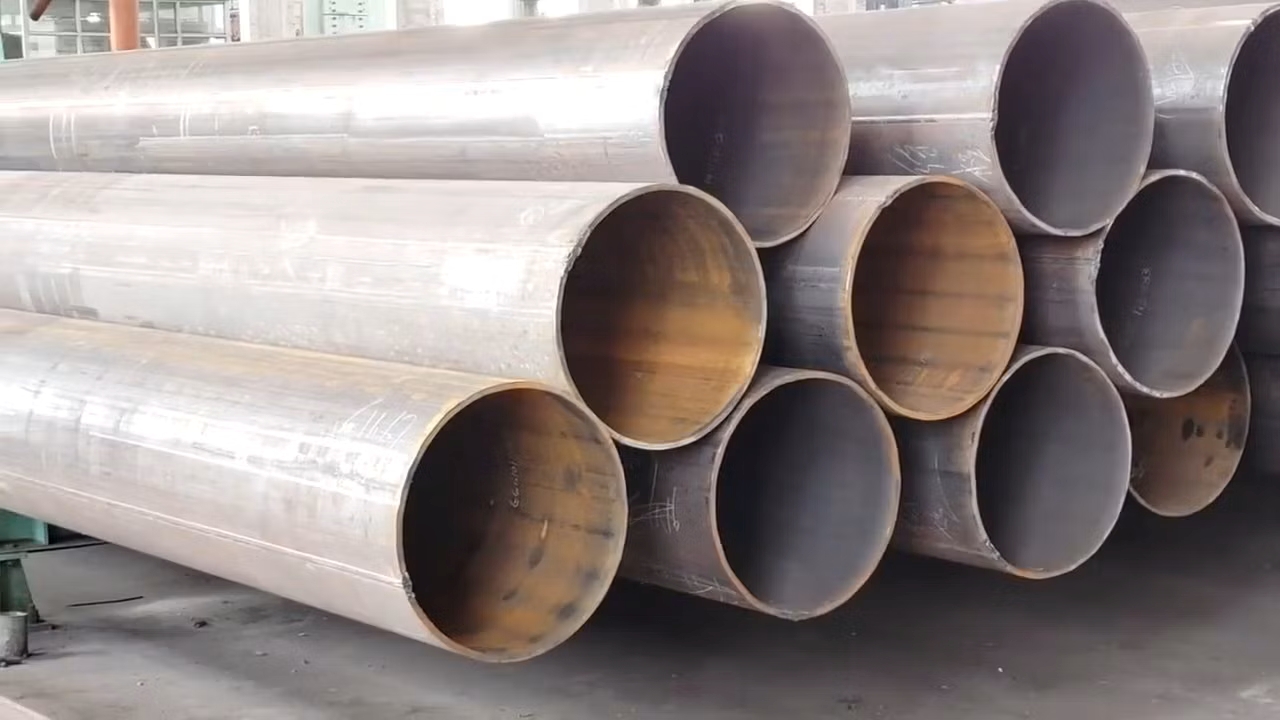The Schedule 10 pipe functions as a vital component to serve numerous industrial, building, and substantial development settings. Schedule 10 pipes are lightweight, thin tubes produced from stainless steel or steel materials. The slender pipe maintains great strength levels, which allows the safe transportation of fluids and gases together with various materials. Schedule 10 pipes are preferred due to their mobility, together with easy installation and affordable pricing. The interior walls of these pipes maintain a smooth surface quality that enables the smooth passage of materials. They are a smart choice when strength and safety matter. These pipes are good for places that need to save space but still want something that won’t break easily. Because they weigh less, workers can lift them and set them up faster. Tuspipe provides a Schedule 10 Pipe Thickness Chart to help you understand these pipes more effectively.
How Tuspipe Picks the Right Material
Tuspipe makes many kinds of pipes for big projects. The material selection for Schedule 10 pipes at Tuspipe depends on the content to be transported. For different pipes at Schedule 10, the transportation requirements vary between clean water, hot oil, gas, and chemicals. The company dedicates itself to selecting exceptional materials that ensure pipe safety along with optimal functionality without experiencing complications. First, Tuspipe checks how strong the material is. The material must not break, bend, or rust easily. If a pipe will hold something very hot or very cold, Tuspipe makes sure the material can handle that. The company also checks if the material can fight rust or damage, especially if the pipe will be used outside or near water, where rust is more likely. Tuspipe uses stainless steel a lot because it is strong, safe, and lasts a long time without getting weak or rusty. Sometimes, the company picks other metals, depending on the job. The goal is always the same: to pick a material that will keep people safe and get the job done right without trouble. By using the right materials, Tuspipe makes sure that the pipes won’t wear out too quickly and that they won’t need fixing too often.
Why the Right Material Matters
The selection of proper materials for pipes necessitates great attention to detail. The selection of improper pipe materials will result in structural failures such as breakage, leakage, and corrosion. Exceptional material selection for pipes becomes vital because inadequate choices result in large-scale factory or building disturbances. A pipe breakage will result in the release of either water, oil, or chemicals from the pipe. The damage from using the wrong material creates costly repairs as well as work shutdowns that need time to repair. Tuspipe knows that every project is different. Some places need pipes that can handle very high heat. Other places need pipes that stay strong in the rain or near saltwater. By choosing the right material, Tuspipe makes sure the pipes last longer and work safely. This saves time and money for everyone using the pipes and helps avoid accidents. Good pipes also mean people working in these places stay safe. If a pipe breaks, it can harm people or cause fires. That’s why it’s smart to pick the best material from the start. It keeps everything running smoothly and stops big problems from happening later.
How Tuspipe Tests the Materials
Before using any material, Tuspipe tests it carefully. The company checks how strong it is, how much heat it can take, and if it can stay safe near chemicals or in wet places. These tests help Tuspipe learn if the material is good enough for Schedule 10 pipes and if it will hold up well over time. Tuspipe also looks at how long the material will last. The time requirements for pipes vary between short-term and long-term usage scenarios. Each material receives special attention at Tuspipe to determine its perfect fit for its necessary role, regardless of whether it handles clean water, dangerous substances, or transports natural gas. The testing process leads Tuspipe to produce pipes from the most effective materials, which provide both strength and safety, and user-friendly operation. The thorough manufacturing process protects both factory equipment and building facilities as well as multiple locations from day to day, while keeping them secure and operational. The reduced need for pipe maintenance over time translates into monetary savings, together with time conservation for everyone.
Conclusion
Tuspipe exercises careful judgment during the selection of materials used for producing Schedule 10 pipes. Tuspipe evaluates the substance that pipes transport and their temperature requirement, together with their application areas, before starting the manufacturing process. Tuspipe selects appropriate materials for testing purposes to guarantee that pipes meet safety standards while maintaining strength when used in different applications. The thoughtful and straightforward approach Tuspipe employs maintains security for human beings and protects the operational stability of sites and projects. The proper selection of pipes by Tuspipe guarantees smooth operation for both small buildings and large factories, regardless of their size. The correct pipe selection serves more purposes than financial savings since it helps protect human safety and maintains uninterrupted operations.


